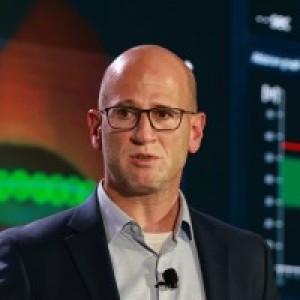- Video Library
- Ran Sela Presents Healium Medical at LSI Europe '23
Ran Sela Presents Healium Medical at LSI Europe '23

Ran Sela
Over 15 years of experience in the development of medical equipment and project management from the prototype stage to regulatory certification stage with leading cardiology companies. Has extensive experience in the development of catheters for the treatment of atrial fibrillation arrhythmias, integration of minimized electronics within medical devices, mechanical development and preclinical trials.
Prior to this role, Ran managed medical device development projects for treatment of cardiac arrhythmias with St. Jude Medical, a global leader in the cardiology market space (now part of Abbott). Holds a Master's degree in Biomedical Engineering from CCNY University in New York State, USA.
Ran Sela
Over 15 years of experience in the development of medical equipment and project management from the prototype stage to regulatory certification stage with leading cardiology companies. Has extensive experience in the development of catheters for the treatment of atrial fibrillation arrhythmias, integration of minimized electronics within medical devices, mechanical development and preclinical trials.
Prior to this role, Ran managed medical device development projects for treatment of cardiac arrhythmias with St. Jude Medical, a global leader in the cardiology market space (now part of Abbott). Holds a Master's degree in Biomedical Engineering from CCNY University in New York State, USA.

17011 Beach Blvd, Suite 500 Huntington Beach, CA 92647
714-847-3540© 2025 Life Science Intelligence, Inc., All Rights Reserved. | Privacy Policy







